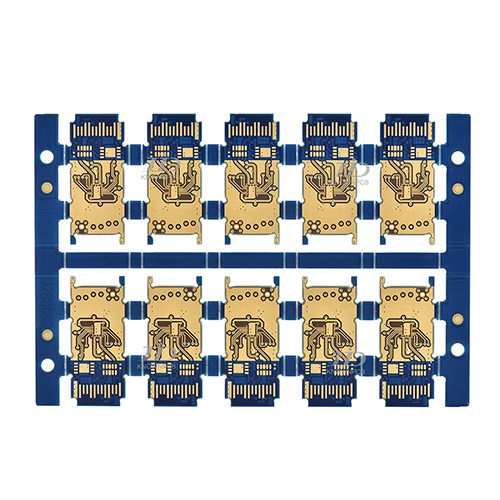 +86 755 2794 4155
+86 755 2794 4155  sales@knownpcb.com
sales@knownpcb.com
-
Shenzhen KNOWNPCB Technology Co., Ltd.
 +86 755 2794 4155
+86 755 2794 4155  sales@knownpcb.com
sales@knownpcb.com
 2023-06-07
2023-06-07
 838
838

1. If there are many land in PCB, there are SGND, Agnd, GND, etc., and according to the different positions of the PCB board surface, you should use the main "ground" as the benchmark reference to cover the copper. Digital ground and simulation are separated to cover copper. Before the copper is covered, the corresponding power connection is first thicken: 5.0V, 3.3V, etc. In this way structure.
2. For single -point connections in different places, the method is to connect through 0 Euro resistance, magnetic beads or inductance;
3. Copper crop near the crystal, the crystal in the circuit is a high -frequency transmission source, the method is to surround the crystal correction copper, and then the crystal shell is grounded separately.
4. If the island (dead area) problem, if it feels very large, it will not take much money to define a place to add the holes.
5. When starting the wiring, deal with the ground wires, and you should take the ground wire well when you walk. You cannot increase the pins by adding perforated methods. This effect is very bad.
6. It is better not to have a sharp corner on the board (<= 180 degrees), because from the perspective of electromagnetics, this constitutes a launch antenna! It will always affect other places, but it is only big or small. I recommend using the edge of the arc.
7. The wiring of the middle layer of the multi -layer plate, do not cover copper. Because it is difficult for you to make this copper cover "good ground"
8. Metals inside the device, such as metal radiator, metal solid bars, etc., must realize "good ground".
9. The cooling metal block of the three -terminal regulator must be well grounded. The grounding isolation zone near the crystal must be well grounded. In short: Copper covering on PCB, if the grounding problem is handled, it must be "benefits greater than the disadvantages". It can reduce the return area of the signal line and reduce the signal's electromagnetic interference on the outside.

Or call +86 755 2794 4155
Inquiry Now

